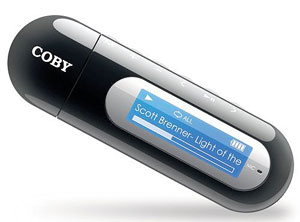In our last article, we saw what flash disks are and an over view of how they do the things they do. Here, we shall further look at the way they operate.They comprise of digital technology based on solid state. They use electric currents in form of electrons. The electrons in the cells of a flash-memory chip can be returned to normal (“1”) by the application of an electric field, a higher-voltage charge.


In our last article, we saw what flash disks are and an over view of how they do the things they do. Here, we shall further look at the way they operate.
They comprise of digital technology based on solid state. They use electric currents in form of electrons. The electrons in the cells of a flash-memory chip can be returned to normal ("1”) by the application of an electric field, a higher-voltage charge.
Flash memory uses in-circuit wiring to apply the electric field either to the entire chip or to predetermined sections known as blocks. This erases the targeted area of the chip, which can then be rewritten.
Flash memory works much faster than traditional EEPROMs because instead of erasing one byte at a time, it erases a block or the entire chip, and then rewrites it.
You may think that your car radio has flash memory, since you’re able to program the pre-sets and the radio remembers them.
But it’s actually using flash RAM. The difference is that flash RAM has to have some power to maintain its contents, while flash memory will maintain its data without any external source of power.
Even though you’ve turned the power off, the car radio is pulling a tiny amount of current to preserve the data in the flash RAM. That is why the radio will lose its pre-sets if your car battery dies or the wires are disconnected
Removable Flash Memory Cards are very useful; while your computer’s BIOS chip is the most common form of Flash memory, removable solid-state storage devices are also popular; smart Media and Compact Flash cards are both well-known, especially as "electronic film” for digital cameras.
Other removable flash-memory products include Sony’s Memory Stick, PCMCIA memory cards, and memory cards for video game systems.
We’ll focus on Smart Media and CompactFlash, but the essential idea is the same for all of these products every one of them is simply a form of flash memory.
There are a few reasons to use flash memory instead of a hard disk; It has no moving parts, so it’s noiseless, It allows faster access, It’s smaller in size and lighter.
So why don’t we just use flash memory for everything? That is because the cost per megabyte for a hard disk is drastically cheaper, and the capacity is substantially more.
Although standards are flourishing, there are many flash-memory products that are completely proprietary in nature, such as the memory cards in some video game systems.
But it is good to know that as electronic components become increasingly interchangeable and are able to communicate with each other (by way of technologies such as Bluetooth), standardized removable memory will allow you to keep your world close at hand.
In September 2006, Samsung announced the development of PRAM -- Phase-change Random Access Memory. This new type of memory combines the fast processing speed of RAM with the non-volatile features of flash memory, leading some to nickname it "Perfect RAM.”
PRAM is supposed to be 30 times faster than conventional flash memory and have 10 times the lifespan.
Samsung plans to make the first PRAM chips commercially available in 2010, with a capacity of 512 MB [source: Numonyx]. They’ll probably be used in cell phones and other mobile devices, and may even replace flash memory altogether.
eddie@afrowebs.com


